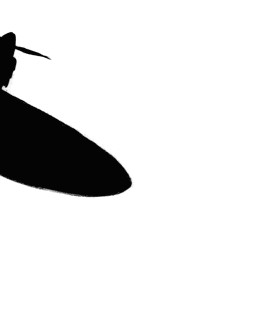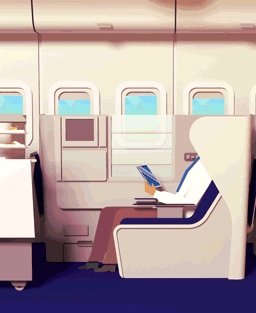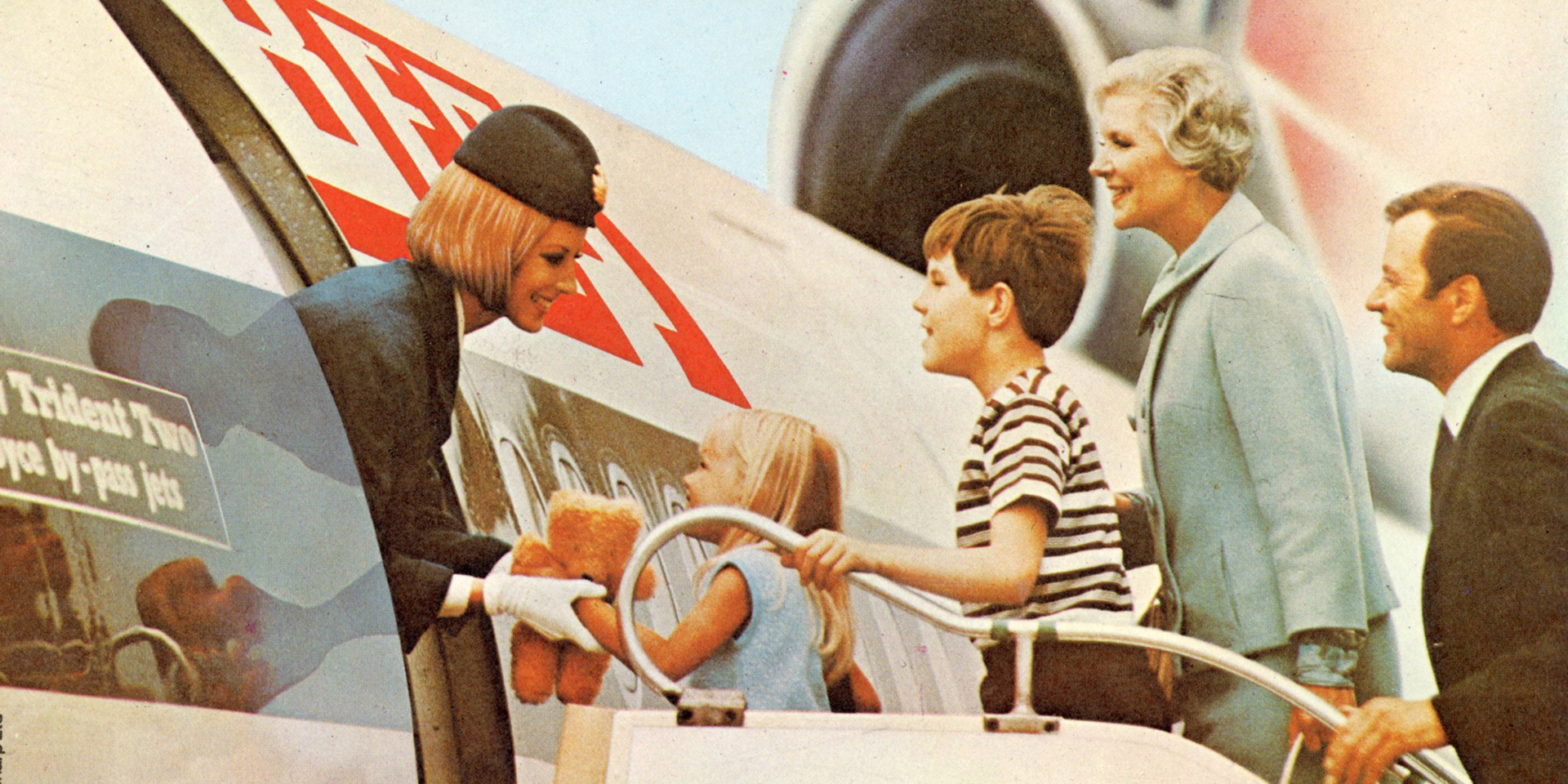

Time travel: family holidays of the past
Join British Airways Heritage Centre expert Jim Davies as he opens the archive to explore the evolution of family air travel for the summer holidays. From the glamour of early jet-setting to a chubby airplane mascot, it’s a nostalgic look at how we took to the skies
18/07/2025
The Speedbird Heritage Centre at Waterside, near Heathrow, is a wonderful place. Staffed by a small group of retired BA workers, it’s home to the British Airways Heritage Collection – a treasure trove of photographs, cabin crew uniforms, airplane models and aviation memorabilia. In our occasional ‘Time Travel’ series, we explore the archive with Jim Davies – one of the centre’s most valued experts. This month, he takes us back in time to look at summer holiday travel over the years.
Kids come first
BEA (British European Airways) was always keen to welcome young families with children on board its flights, as shown in the encouraging early 1970s image, above, of customers boarding one of the airline’s Hawker Siddeley Trident 2 aircraft. The girl seems delighted to introduce her teddy bear to the stewardess.
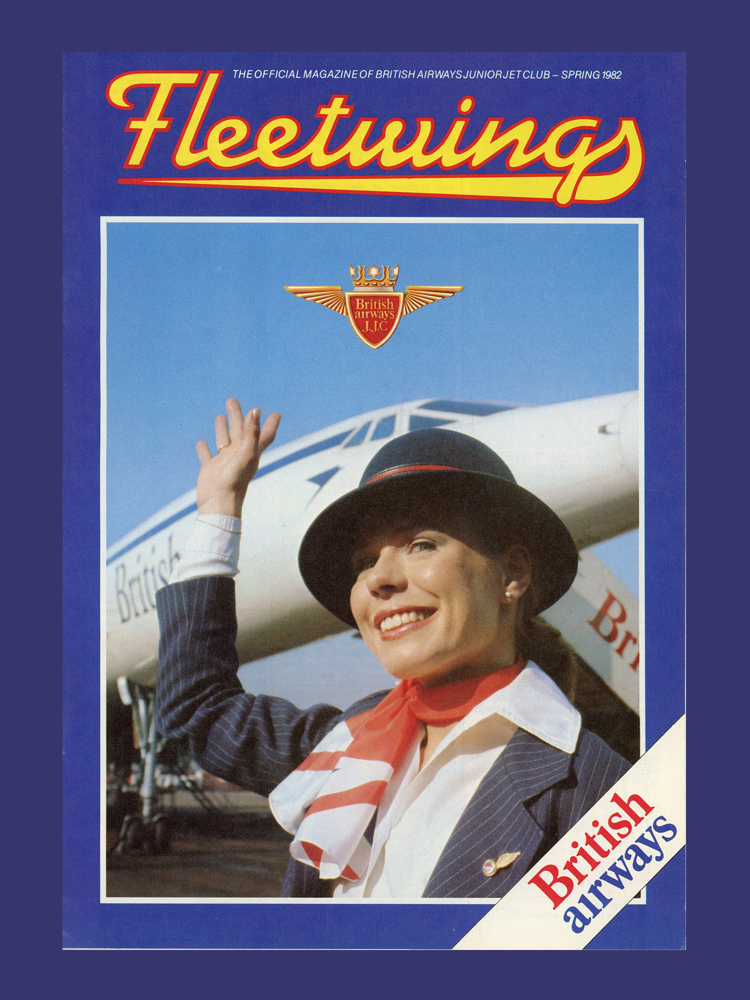
Well read
A benefit for British Airways’ Junior Jet Club members was their own magazine, Fleetwings, packed with information about the airline, its organisation and aircraft, plus puzzles, travel information and competitions. This spring 1982 edition featured Concorde stewardess Roz Hanby on the cover.
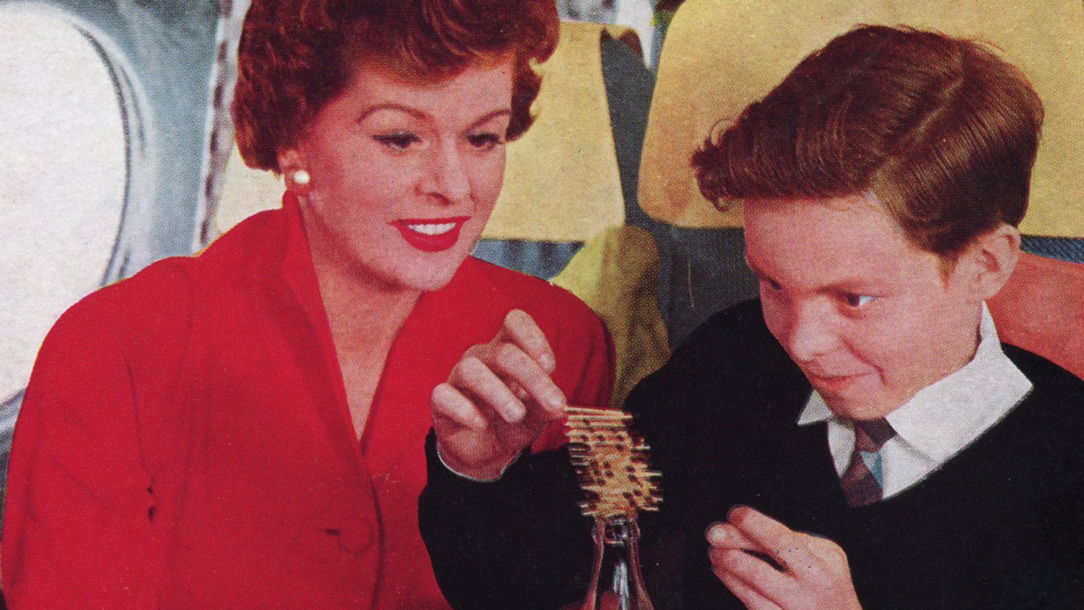
Vibe out
This young passenger demonstrates to his proud mother the smooth ride provided by BOAC’s Comets. The ad reads: “There is no vibration – just the hum from the powerful jet engines to show you are moving through the skies at more than eight miles a minute. A Comet flight has the tranquillity of a dream.”
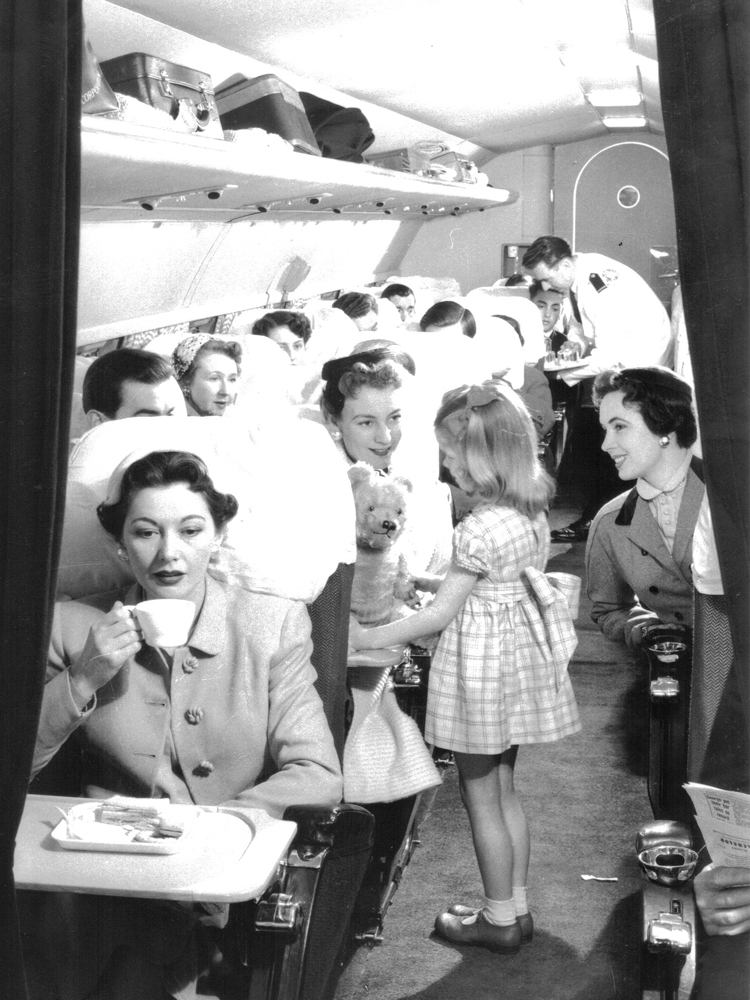
Child’s play
This young girl on a BOAC Comet in the early 1950s seems very at ease with the other travellers (note the central role that a teddy plays once again!). The formality of the passengers’ attire is notable compared with today’s standards, and the open baggage racks certainly wouldn’t pass today’s requirements.
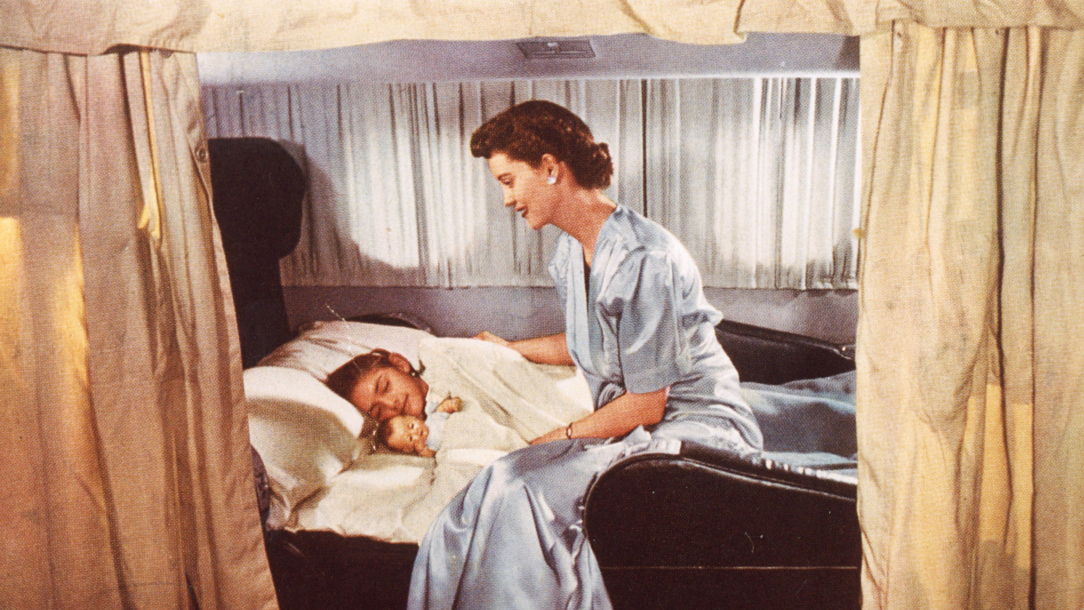
Giving berth
This image, probably posed for the cameras, highlights the ‘Monarch’ branded luxury offered on BOAC’s Boeing Stratocruisers on the long transatlantic crossing of the early 1950s. Typically the BOAC Stratocruiser was fitted with 28 sleeper seats and 24 beds, known as berths.

Plane sight
Dilbert – an imaginary 747 – made journeys around the world in a series of books written by Kate Robertson between 1977 and 1984. In this volume, ‘Madame Concorde’ makes an appearance. Other episodes see Dilbert in places as far away as Vancouver, Geneva, Delhi and China.


